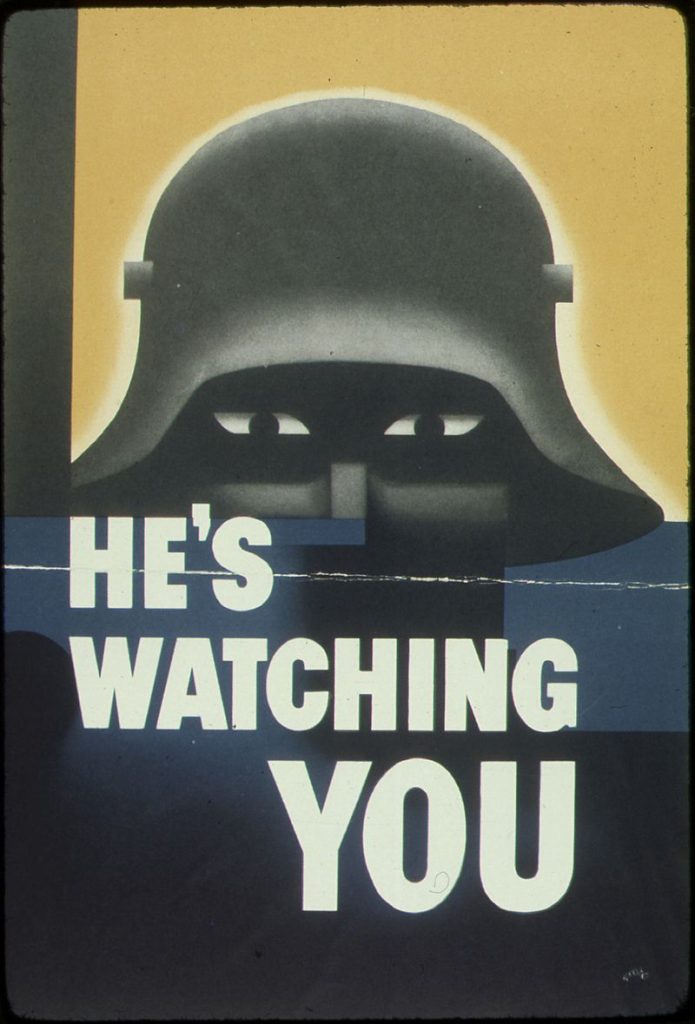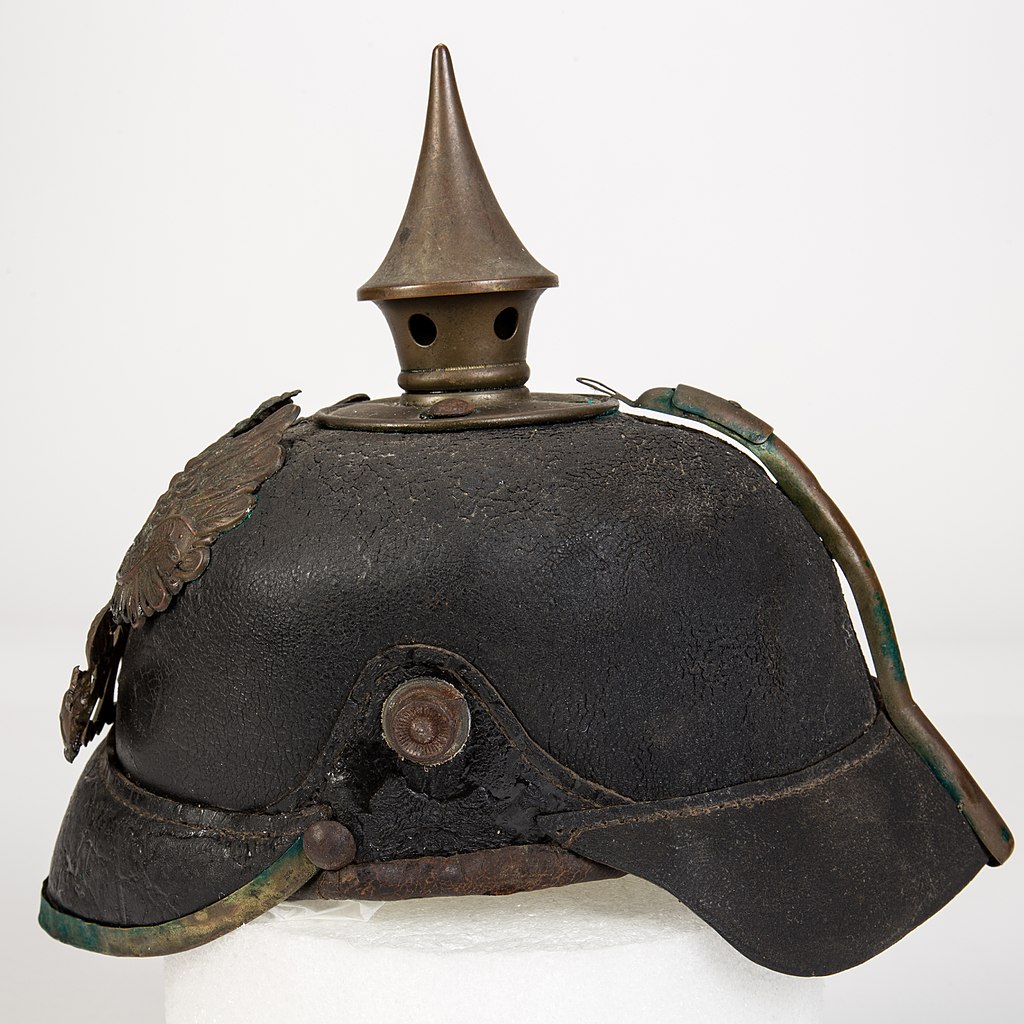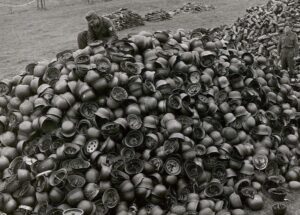The Stahlhelm, meaning “steel helmet”, has become one of the most iconic symbols of German military history. The Stahlhelm’s introduction during the First World War resulted in an immediate reduction in head injuries, and marked a significant shift in military headgear, moving away from soft caps and cloth hats to metal helmets better suited to modern combat.

Modern Day, WW1, WW2
The German Stahlhelm is a Genius Design
The Stahlhelm, meaning “steel helmet”, has become one of the most iconic symbols of German military history. The Stahlhelm’s introduction during the First World War resulted in an immediate reduction in head injuries, and marked a significant shift in military headgear, moving away from soft caps and cloth hats to metal helmets better suited to modern combat.
It is regarded as one of the best helmet designs ever, and has influenced many of the most prominent helmets in use today, despite being designed over 100 years ago.
Contents
There is a misconception that helmets are designed specifically to stop bullets. While some helmets can indeed stop relatively low-power rounds, they are typically designed to stop shrapnel and debris, rather than a direct hit from a bullet.
Powerful rounds, such as those fired by rifles or large caliber guns, are usually able to penetrate a helmet with ease. Some modern helmets can stop handgun rounds.
Read More Obice 305/17: Italy’s Huge Howitzer from WWI
Aside from their protective uses, helmets can carry psychological and symbolic importance for soldiers and the societies they represent. On a personal level, helmets provide a sense of security and readiness, boosting morale and confidence in a force.
On a broader scale, helmets can symbolize the military prowess, technological sophistication, and cultural values of the armed forces they belong to. This is something that is particularly true for the Stahlhelm, as it became, and still remains a symbol of German military power.

Military Helmets
Military helmets serve as a fundamental component of a soldier’s armor, designed to protect the head against a variety of hazards that are likely to be encountered in combat. The primary purpose of military helmets has evolved significantly over centuries, adapting to advances in weaponry and changing tactics of warfare.
Today, they are multifunctional tools that safeguard soldiers while also accommodating modern military needs, including communication and sensor technology.
The most apparent and traditional purpose of a military helmet is to provide head protection from ballistic threats. This includes shrapnel from explosions, indirect debris, and, to a lesser extent, bullets. Modern helmets are crafted from advanced materials such as Kevlar, Aramid fibers, or ultra-high molecular weight polyethylene, offering significant resistance against high-velocity projectiles and fragmentation. Traditionally, helmets were made from leather or metal.
Stahlhelm Development
Origins in 1915
The necessity for the Stahlhelm emerged early in the First World War, as the nature of trench warfare and the prevalence of artillery shells caused a significant number of head injuries among soldiers. Traditional military headgear, such as the leather or cloth caps worn by many armies at the outbreak of the war, offered little protection against the fragments from explosions.
Read More Böhmerland Motorcycles Were Used in WW2
This led to the German High Command recognizing the urgent need for improved head protection. In 1915, Dr. Friedrich Schwerd of the Technical Institute of Hanover was tasked with designing a helmet that could offer better protection to soldiers. The design criteria focused on coverage, durability, and the ability to deflect shrapnel.








